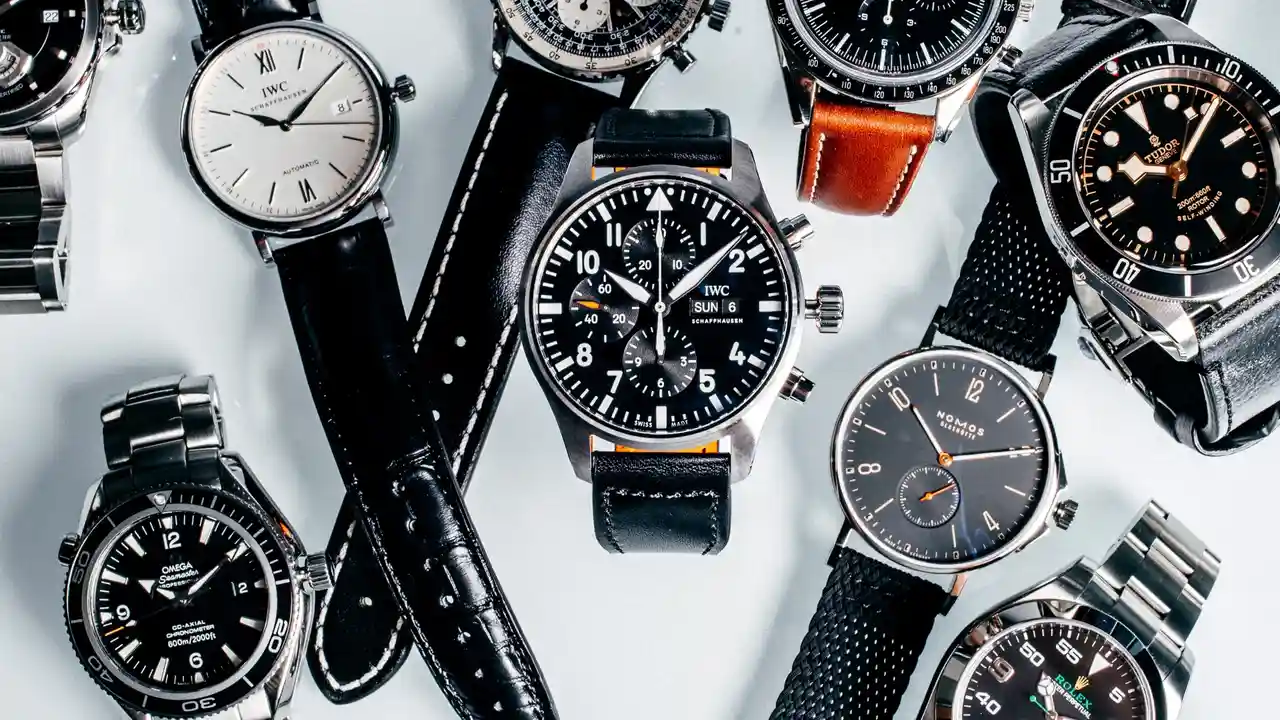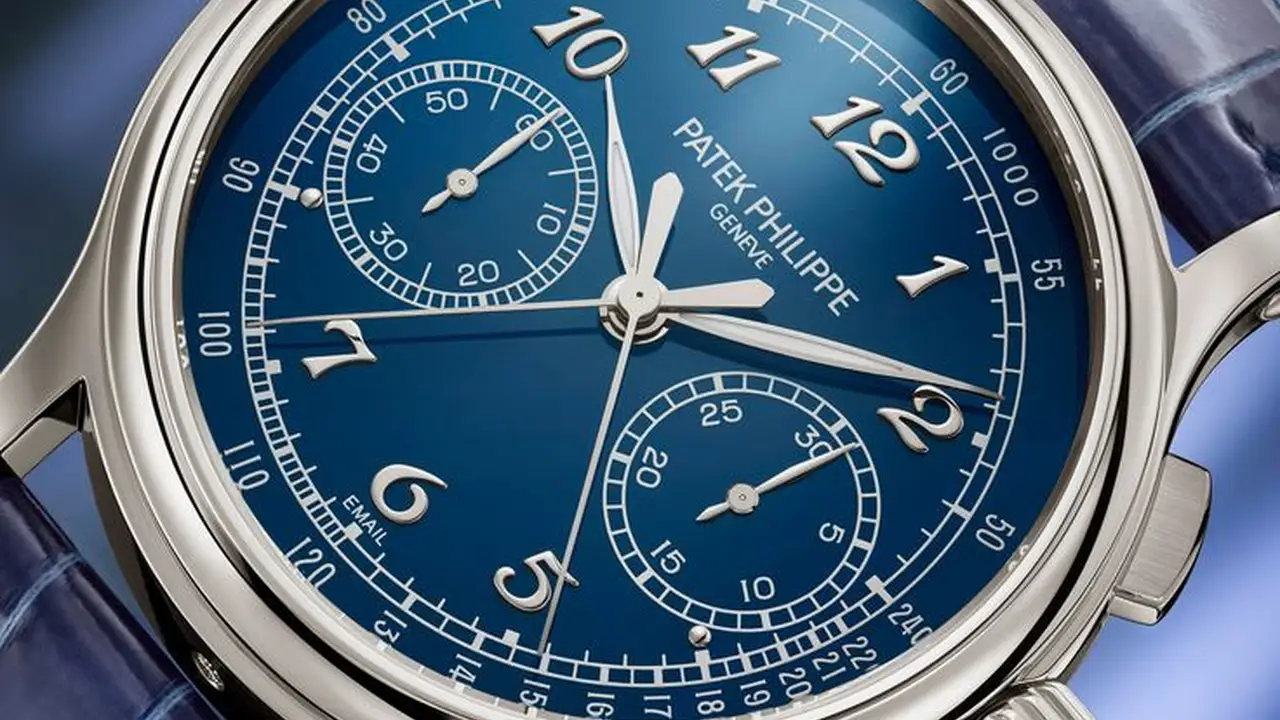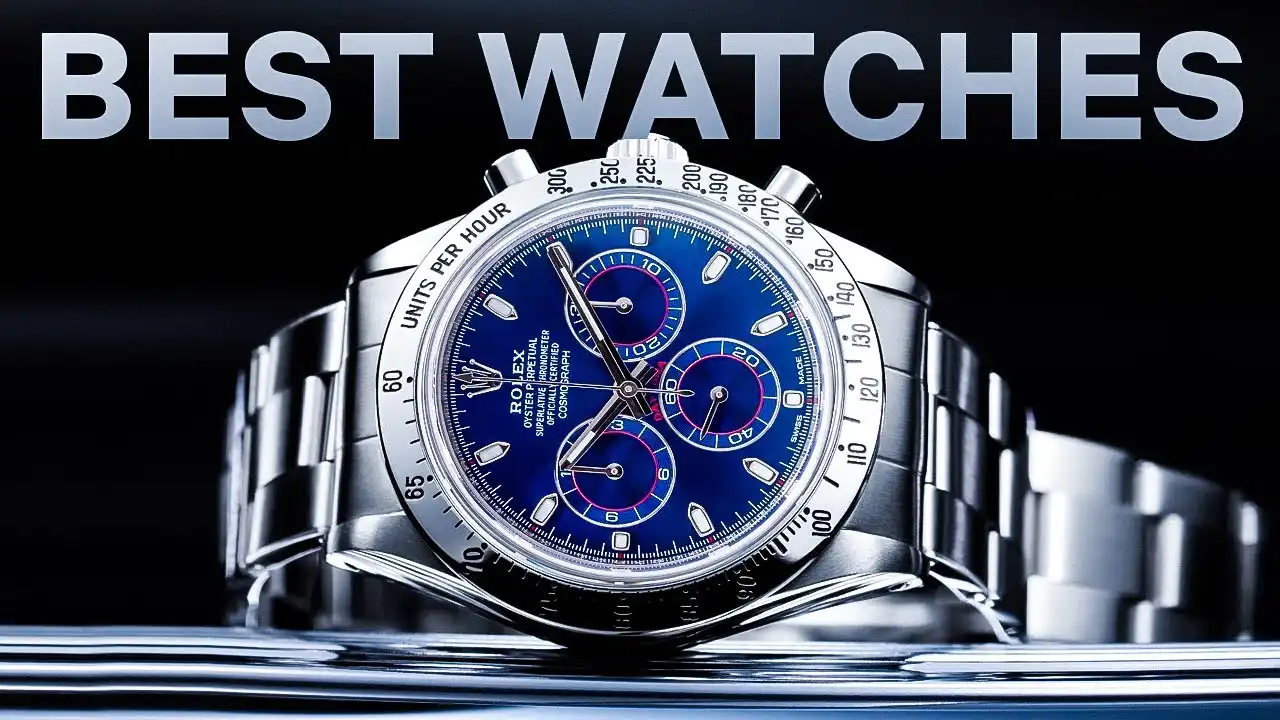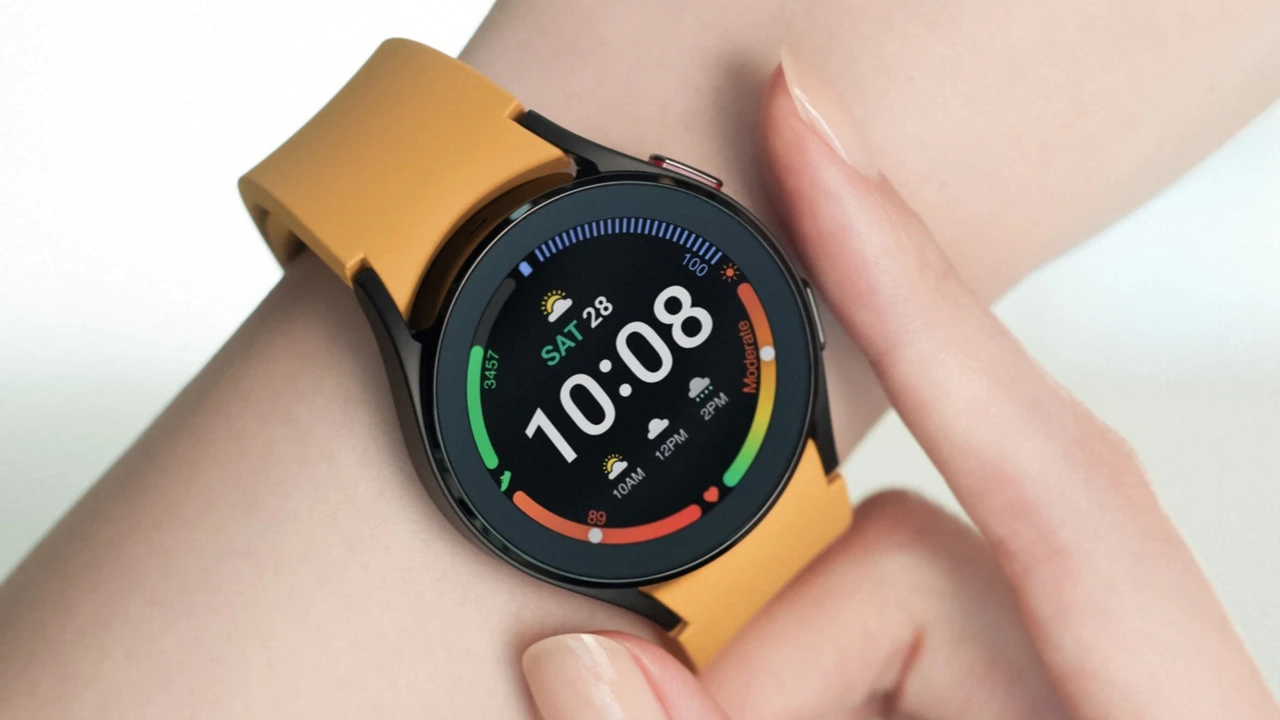Water Resistance Explained: Understanding Watch Water Ratings
Demystify watch water resistance ratings and learn how to properly protect your timepiece from water damage. Understand the limitations of different ratings.
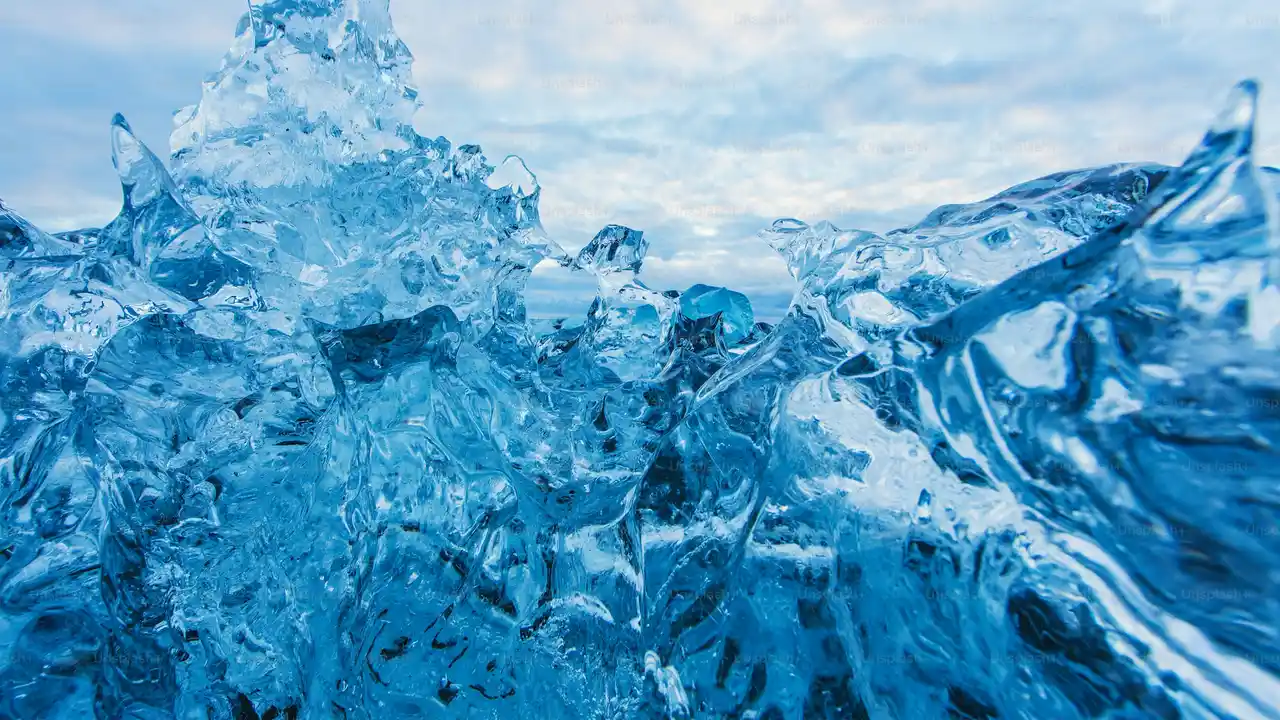
Understanding Watch Water Resistance Ratings: A Comprehensive Guide
So, you've got a shiny new watch, and you're wondering, 'How wet can I get this thing?' Water resistance in watches is a surprisingly complex topic. Those seemingly simple numbers and abbreviations on the back of your watch – 30M, 50M, 100M, ATM, BAR – don't always mean what you think they mean. This guide will break down what those ratings actually signify, how to interpret them, and most importantly, how to avoid water damage to your precious timekeeping companion. We’ll also look at some common misconceptions and offer practical advice for different scenarios.
The Basics: What Do Those Numbers Mean? (ATM, BAR, Meters)
Let's start with the basics. Watch water resistance is typically indicated in one of three ways: ATM (atmospheres), BAR (also atmospheres, often used interchangeably with ATM), or meters (M). While they might seem directly related to depth, that’s where the confusion begins.
* **ATM (Atmospheres) and BAR:** One ATM or BAR is roughly equivalent to the atmospheric pressure at sea level. Each additional ATM or BAR represents the pressure at a depth of approximately 10 meters (33 feet).
* **Meters (M):** This is where it gets tricky. A watch marked '30M' is *not* safe to take to a depth of 30 meters. The 'M' rating refers to the pressure the watch *can withstand* in a laboratory setting, not the actual depth you can safely submerge it. These tests are conducted under static (still water) conditions, which don't reflect the dynamic pressures encountered during swimming or other water activities.
Interpreting Water Resistance Ratings: From Splash-Proof to Submersible
Here's a breakdown of common water resistance ratings and their practical implications:
* **No Water Resistance/Water Resistant:** Avoid all contact with water. These watches are not sealed and are susceptible to damage from even minor splashes. Think of them as strictly dry-land timekeepers.
* **30M/3 ATM/3 BAR:** Splash resistant only. Okay for accidental splashes of water, like washing your hands. Do not submerge, shower, or swim with a watch rated at 30M. Rain is generally okay, but avoid prolonged exposure.
* **50M/5 ATM/5 BAR:** Suitable for light splashes and brief immersion. You can probably wash your hands and maybe wear it in a light rain shower. However, swimming and showering are still not recommended. The pressure from water hitting the watch during swimming can exceed the rating.
* **100M/10 ATM/10 BAR:** Suitable for swimming, snorkeling, and light recreational water activities. You can shower with it, but avoid hot tubs and prolonged exposure to high-pressure water. This is often considered the minimum acceptable rating for a watch you intend to get wet regularly.
* **200M/20 ATM/20 BAR and above:** Suitable for scuba diving and other high-impact water sports. These watches are designed to withstand significant pressure and are typically equipped with screw-down crowns and reinforced seals.
Factors Affecting Water Resistance: It's Not Just About the Rating
Even with a high water resistance rating, several factors can compromise your watch's ability to keep water out:
* **Age of the Watch:** Seals degrade over time. It's recommended to have your watch's water resistance tested annually, especially if you regularly expose it to water.
* **Crown and Pushers:** Make sure the crown is fully pushed in (and screwed down, if applicable) before exposing the watch to water. Loose crowns and pushers are prime entry points for water.
* **Temperature Changes:** Sudden temperature changes can cause seals to expand and contract, potentially creating gaps. Avoid wearing your watch in hot tubs or saunas.
* **Chemical Exposure:** Soaps, detergents, chlorine, and saltwater can all damage seals over time. Rinse your watch with fresh water after exposure to these substances.
* **Impacts:** A hard knock can damage the case or seals, even if there's no visible damage. Have your watch inspected if you suspect it may have been compromised.
Common Misconceptions About Watch Water Resistance
Let's debunk some common myths:
* **'My watch is 50M, so I can swim to 50 meters deep.'** Absolutely not! As explained earlier, the 'M' rating doesn't equate to actual depth.
* **'It's okay to shower with my 100M watch.'** While technically possible, it's not recommended. The hot water, soap, and pressure from the showerhead can all compromise the seals.
* **'My watch is brand new, so the water resistance is guaranteed.'** While a new watch should have its advertised water resistance, it's still a good idea to have it tested, especially if you plan on using it in water regularly.
* **'Screw-down crowns automatically make a watch waterproof.'** Screw-down crowns enhance water resistance, but they are not a guarantee. The seals still need to be in good condition.
Recommended Watches Based on Water Resistance Needs
Here are a few watch recommendations based on different levels of water activity:
* **Everyday Wear/Occasional Splashes (30M-50M):**
* **Seiko 5 Series:** Affordable automatic watches with decent splash resistance. Prices range from $100-$300. Great for everyday wear, but avoid submersion.
* **Timex Weekender:** Simple and stylish quartz watches with basic water resistance. Prices around $50-$75. Perfect for casual wear.
* **Swimming and Snorkeling (100M-200M):**
* **Seiko Prospex Series:** A wide range of dive watches with excellent water resistance and durability. Prices vary widely, from $300 to over $1000 depending on the model.
* **Citizen Promaster Diver:** Another excellent option for dive watches, known for their Eco-Drive technology (solar-powered). Prices range from $200-$500.
* **Orient Ray II/Mako II:** Affordable automatic dive watches with 200M water resistance. Prices around $150-$250. Great value for money.
* **Scuba Diving and High-Impact Water Sports (200M+):**
* **Rolex Submariner:** The iconic dive watch. Expensive (starting around $10,000), but a symbol of quality and durability.
* **Omega Seamaster Diver 300M:** Another high-end dive watch with a rich history. Prices starting around $5,000.
* **Tudor Black Bay:** A more affordable alternative to Rolex and Omega, offering excellent quality and style. Prices range from $3,000-$5,000.
Practical Tips for Protecting Your Watch from Water Damage
Here are some practical tips to keep your watch safe and sound:
* **Get it Tested:** Have your watch's water resistance tested annually by a qualified watchmaker.
* **Rinse After Exposure:** Rinse your watch with fresh water after swimming in the ocean or pool.
* **Avoid Extreme Temperatures:** Don't wear your watch in hot tubs, saunas, or during rapid temperature changes.
* **Check the Crown and Pushers:** Ensure the crown is fully pushed in (and screwed down) before exposing the watch to water.
* **Replace Straps Carefully:** When replacing straps, be careful not to damage the case or seals.
* **Store Properly:** Store your watch in a cool, dry place when not in use.
* **Be Mindful of Chemicals:** Avoid exposing your watch to harsh chemicals like detergents, solvents, or perfumes.
* **If in Doubt, Take it Off:** If you're unsure about the water resistance of your watch, it's always best to err on the side of caution and remove it before engaging in water activities.
By understanding watch water resistance ratings and following these simple tips, you can ensure your timepiece stays safe and reliable for years to come. Remember, water resistance is not a guarantee of invincibility, but rather a measure of how well your watch can withstand water under specific conditions. Treat your watch with care, and it will reward you with years of accurate timekeeping.
:max_bytes(150000):strip_icc()/277019-baked-pork-chops-with-cream-of-mushroom-soup-DDMFS-beauty-4x3-BG-7505-5762b731cf30447d9cbbbbbf387beafa.jpg)



